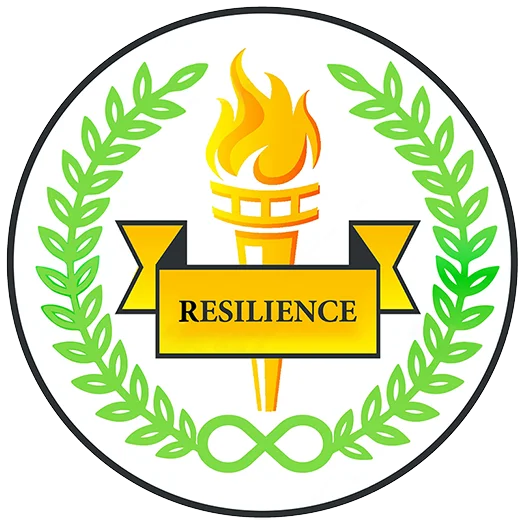But First… Can We Please Put the Christmas Decorations Away?
Soon after New Year’s Day, we begin to see heart shaped candy in the stores and a shocking amount of red. That’s all it takes to remind us that February is right around the corner.
The month of February is when the real work begins in the new year. The kids are settling back into their schoolwork, while parents are filing taxes and planning vacations.
Knowing that spring will soon arrive tends to make the shortest month of the year seem like the longest. To fill up that time, we celebrate holidays like Groundhog Day and Valentine’s Day.
Groundhog Day
Mostly a traditional southern holiday, Groundhog Day is centered around Punxsutawney Phil the groundhog. Phil has a great deal of pressure on him each year on Groundhog Day; if he sees his shadow, we will have six more weeks of winter, and if he does not, then we can look forward to an early spring. This year, our rodent meteorologist saw his shadow, and soon catastrophic snowstorms swept down all of the United States. I think we need to trust our furry friends a little bit more! What do you think?
Valentine’s Day From Multiple Perspectives
- Valentine’s Day for a child:
Valentine’s Day is traditionally a day we celebrate with our sweetheart, with treats such as chocolates, greeting cards, flowers, and hearts. But what does Valentine’s Day look like from a child’s perspective? Valentine’s Day is not just for our significant other; it is important our kids feel included as well.
We should remind our kids that Valentine’s Day is meant for showing others how much we love them. We also need to teach them to celebrate those who are special to us. My granddaughter is four years old, and for Valentine’s Day I gave her a heart shaped balloon that said “I Love You”. She was so excited and she told me several times how much she loved her balloon. (Until it went flat a few days later and a minor melt down ensued!!!)
- They Love me, They Love Me Not
When my kids were in grades K-5, if a student gave out Valentine’s Day cards everyone was included. But once students enter middle school and high school, Valentine’s Day cards are reserved for pleasing significant others and surprising crushes. Emotions can run high and being rejected can be devastating at any age.
- From a Parent’s Perspective
When my daughter was in high school, I remember a particular Valentine’s Day where she was upset because she did not have any plans. I tried to include her in celebrating the day with me, but it wasn’t the same as being with her friends. To help her, I reached out to one of her best friends and he took her out for dinner. To this day, they are close and we consider him to be part of the family.
Teaching our kids that Valentine’s Day is about celebrating family and friends can help ease the heartbreak and disappointment; love is about more than having a sweetheart, and Valentine’s Day is far more than just one day out of the year.
The Importance of SEL
Social Emotional Learning (SEL) does not take a day off for holidays. SEL is something we should be mindful of regardless of the occasion. One of the five core topics of SEL is self-awareness. When self-awareness is taught as part of a curriculum, students learn how to face sadness, find happiness, and manage their anger. So if they feel the sting of rejection on Valentine’s Day — or on any day — they will be able to process their emotions.
The Effects of February
As we wrap up the month of February and prepare for the next holiday (I saw Easter decorations in the store last week), being mindful of our emotions as well as our kids’ is essential. It is challenging to be present and in the moment when we feel like we are being pulled in different directions — it’s something I personally struggle with on a daily basis. I wish that we could be as lucky as Punxsutawney Phil; he only has to work one day a year and then has 364 days to recover! Two months down of 2021, another ten to go!

